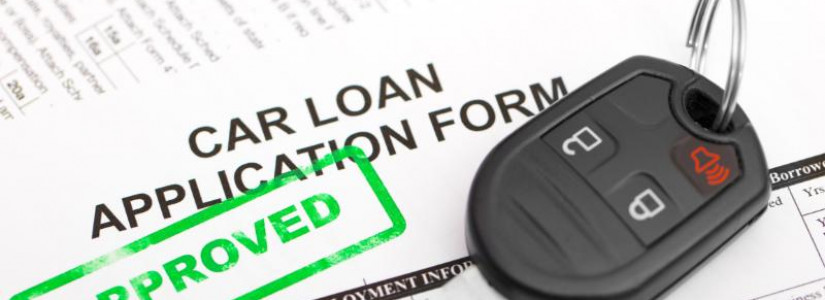More People Are Choosing 7-Year Car Loans – But Is That a Good Idea?
More car buyers are now taking out loans that last seven years or more when they buy a new car. This shows how car prices and borrowing costs keep going up.
How Common Are 7-Year Loans?
According to data from Edmunds, 22% of new car loans in the third quarter of 2025 were for seven years or longer – almost a record.
On average, people borrowed about $42,647 for a new car during that time, at an interest rate of 7%. The average monthly payment was $754, and almost 20% of car buyers now pay at least $1,000 every month.
Why Are Loans Getting Longer?
Car loans are getting longer because cars are more expensive, and buyers want lower monthly payments. Today, there are many financing options, almost like with home loans.
Cars and Homes: What's the Difference?
While houses usually go up in value (appreciate), cars mostly lose value over time (depreciate).
The Trump administration recently suggested 50-year home loans to make house payments lower, but homes and cars are very different.
As Brian Moody from Kelley Blue Book says, the money you pay on a car is not something you get back — you don’t really build equity like you do with a house.
The Risks of Long Loans
A big problem with long car loans is that cars often lose value faster than you’re able to pay off the loan.
This means you might owe more money than the car is worth at some point — a situation called being “underwater” or "upside-down" on your loan. The longer the loan, the bigger the risk.
Old Advice About Car Loans
There used to be a rule: put 20% down, have a loan no longer than four years, and spend no more than 10% of your monthly income on car expenses.
Years ago, most car loans were only three or four years. In the early 2000s, five-year loans became normal, but today, six- and seven-year loans are common.
Only about 10% of new car buyers choose loans of four years or less.
Car Prices and Interest Rates Are Up
The average cost of a new car was $50,080 in September 2025. Interest rates have also gone up: the average rate for a five-year car loan rose from 5% in August 2020 to 7.6% in August 2025.
Why Choose a Longer Loan?
People usually pick longer loans because it lowers their monthly payments. Most conversations at the dealership focus on what you’ll pay per month, not the total price.
However, stretching out the loan means you end up paying a lot more in total interest.
For example, if you borrow $40,000 at a 7% interest rate:
- Four-year loan: Monthly payment $958, total interest $5,977
- Five-year loan: $792/month, $7,523 interest
- Six-year loan: $682/month, $9,101 interest
- Seven-year loan: $604/month, $10,711 interest
So, while your monthly payment goes down, the total cost of the loan goes up a lot.
More People Are Underwater
With higher prices and longer loans, more people now owe more on their car than it’s worth when they trade it in.
About a quarter of customers trading in their used car for a new one in late 2024 were underwater.
Used cars can be an even bigger problem. The average used car sold in August 2025 already had more than 72,000 miles.
Most five- or six-year-old cars have lost over half their value. If you finance an older car for another seven years, it could be worth very little long before you finish paying it off.
What Should You Consider Before a 7-Year Loan?
- Can you make a bigger down payment? The more you pay up front, the less you have to borrow.
- Can you handle the payments for seven years? Think about your other bills and future plans before committing.
- Will you keep the car long enough? If you plan to keep the car until the loan is paid off, going underwater may not matter as much.
In summary, while longer car loans make monthly payments lower, they also mean you'll pay much more over time and risk owing more than your car is worth along the way.
-
Get the latest on auto loan relief and other tips by subscribing to our weekly newsletter here!












